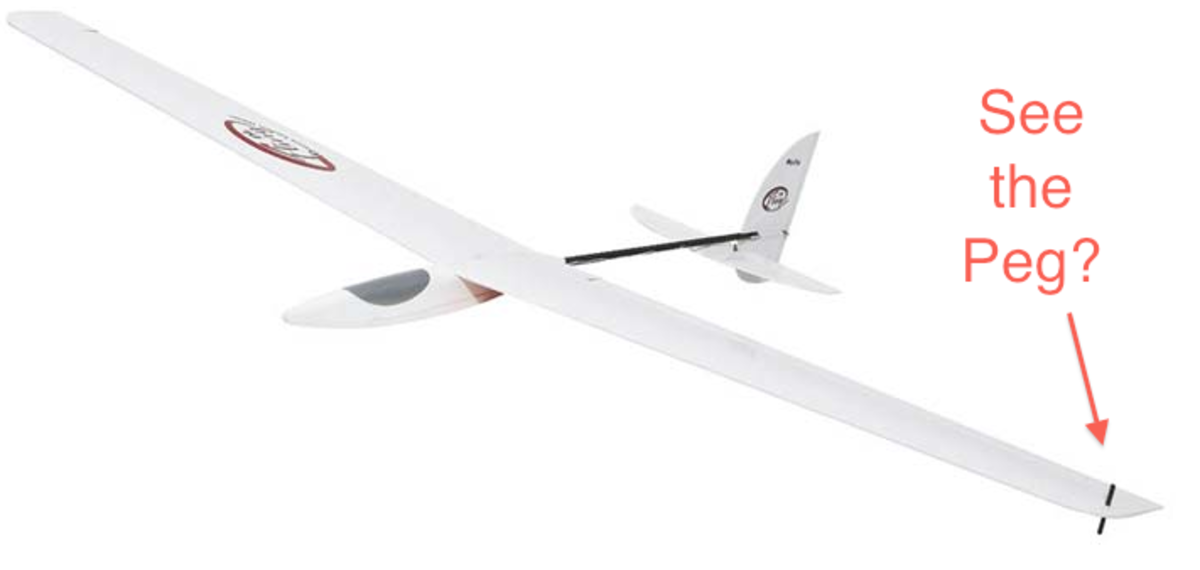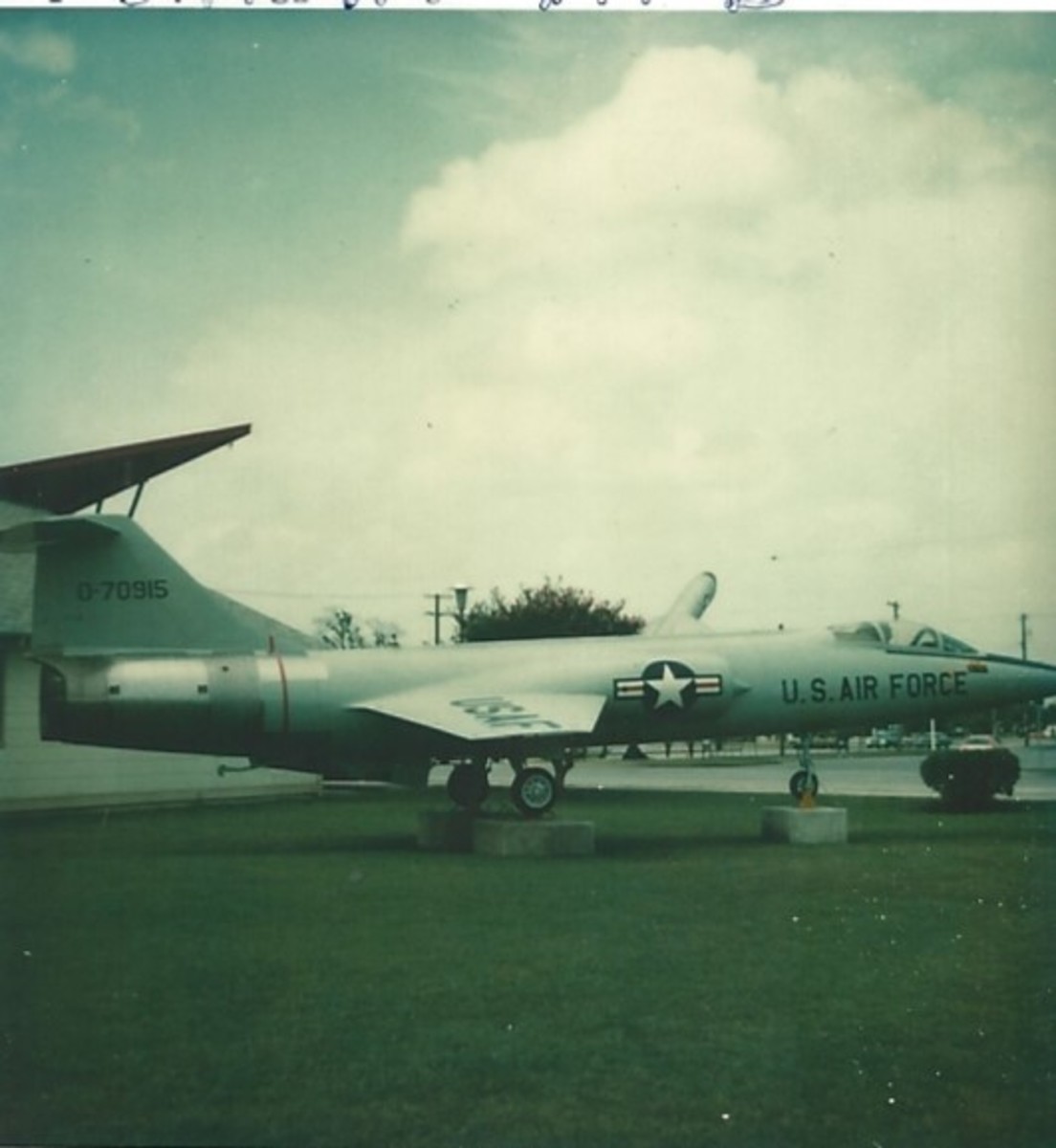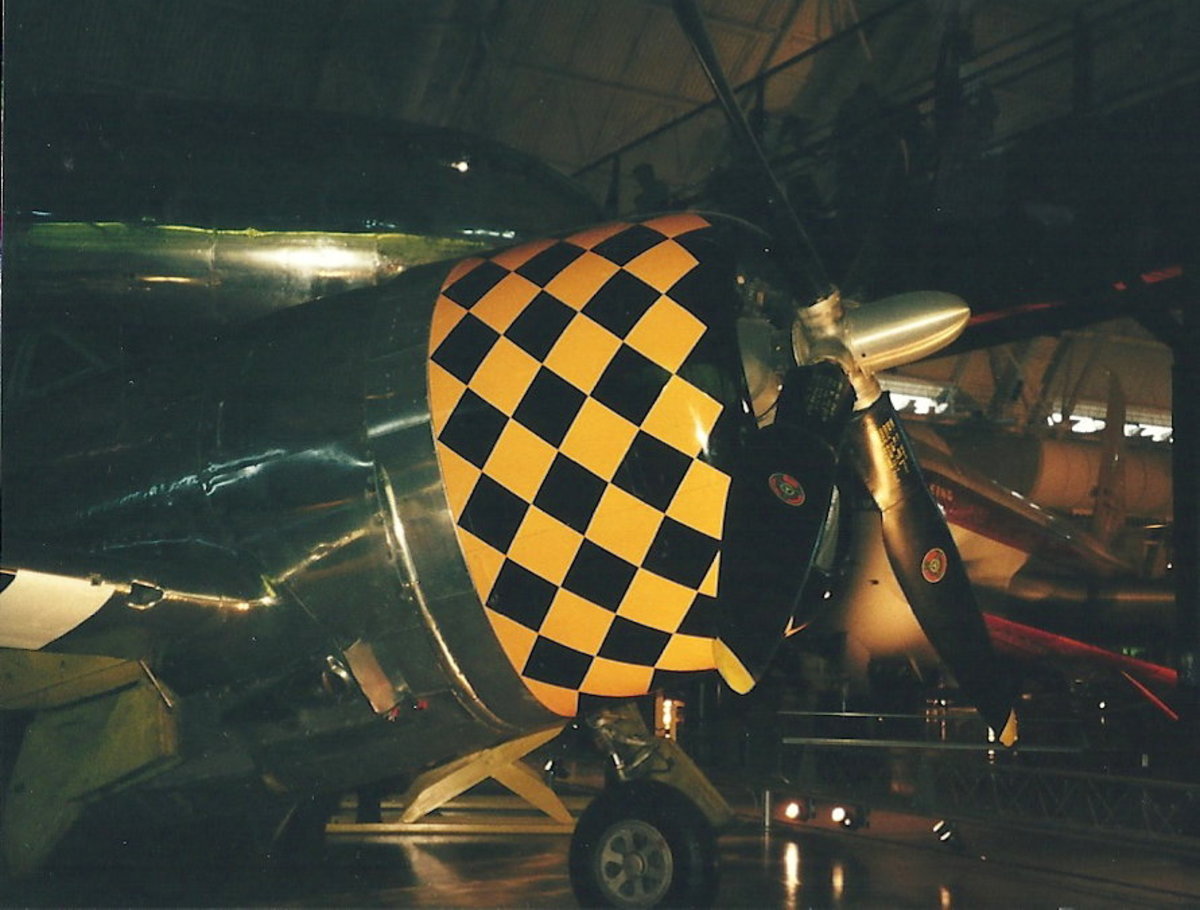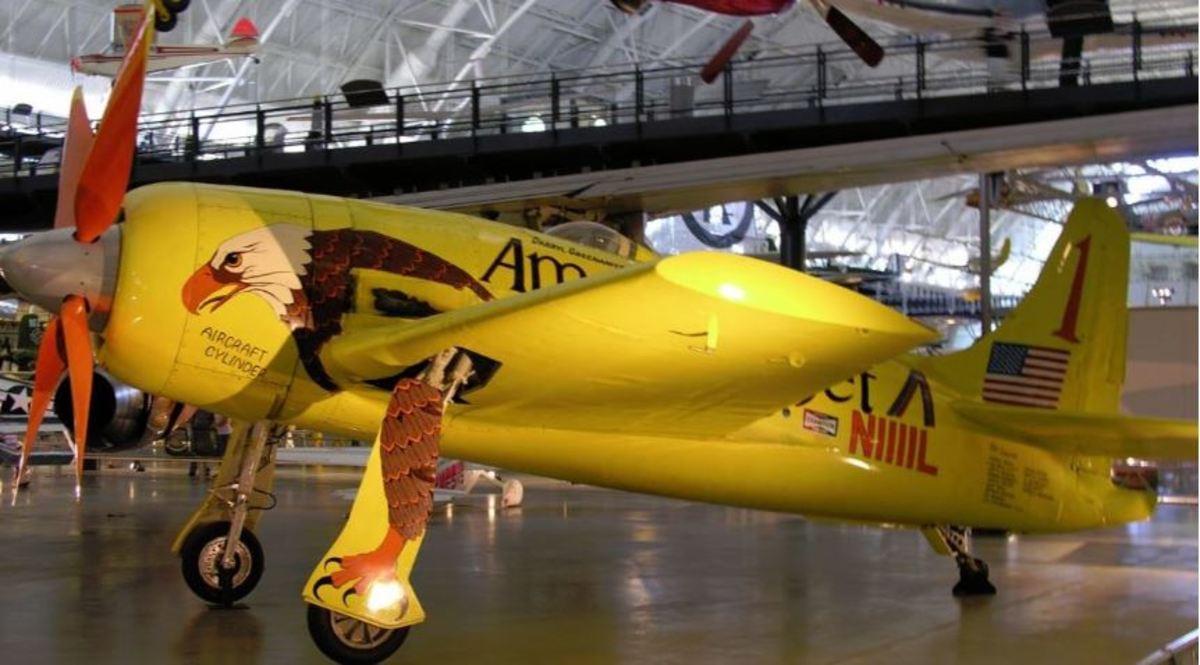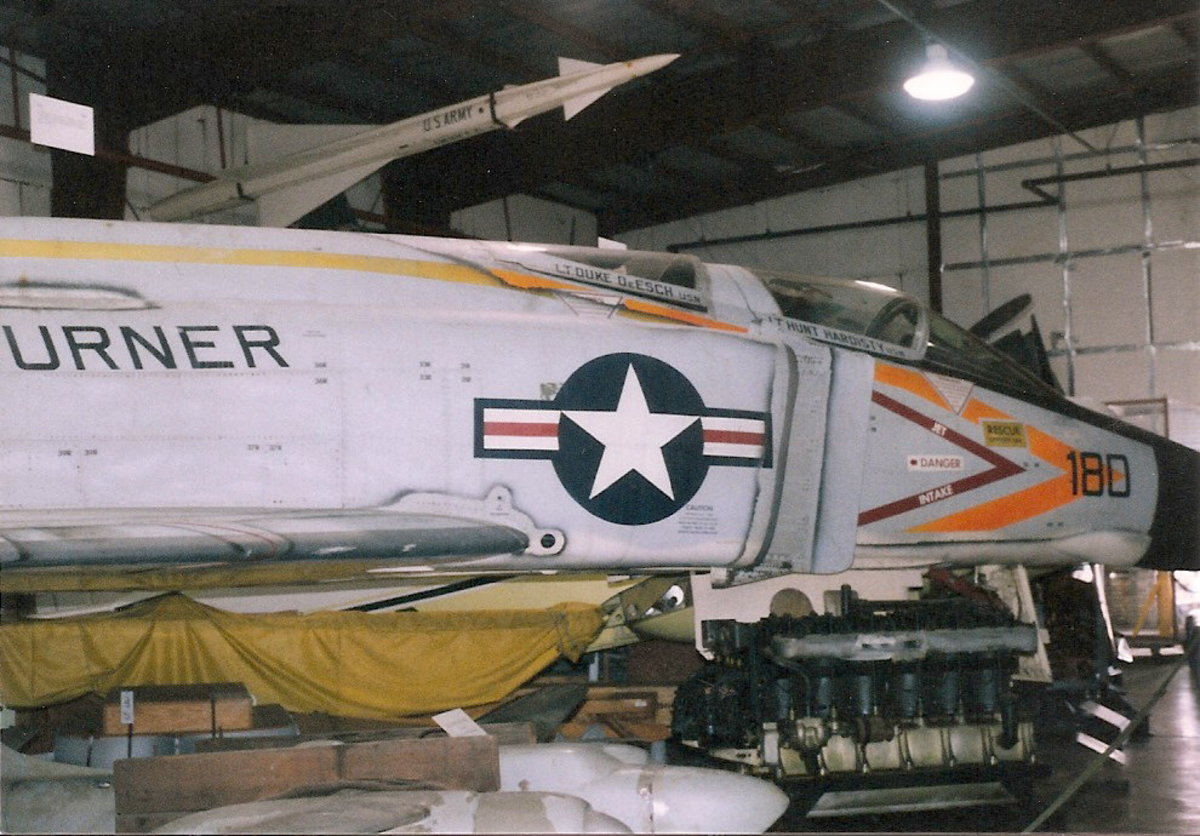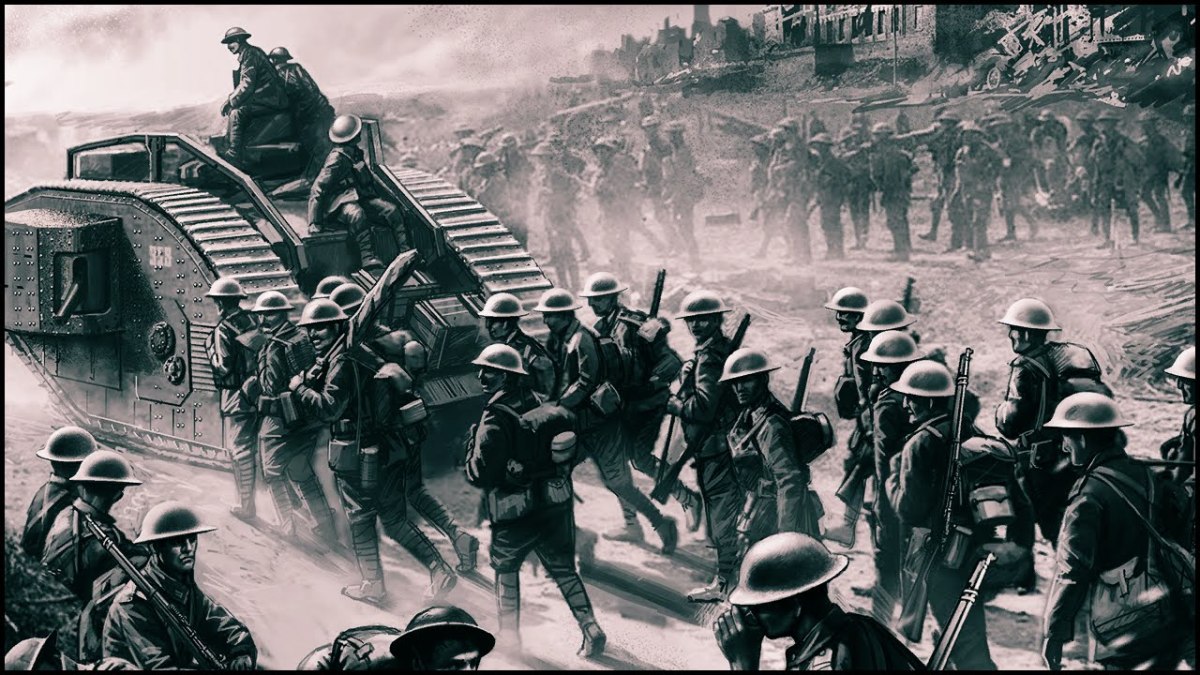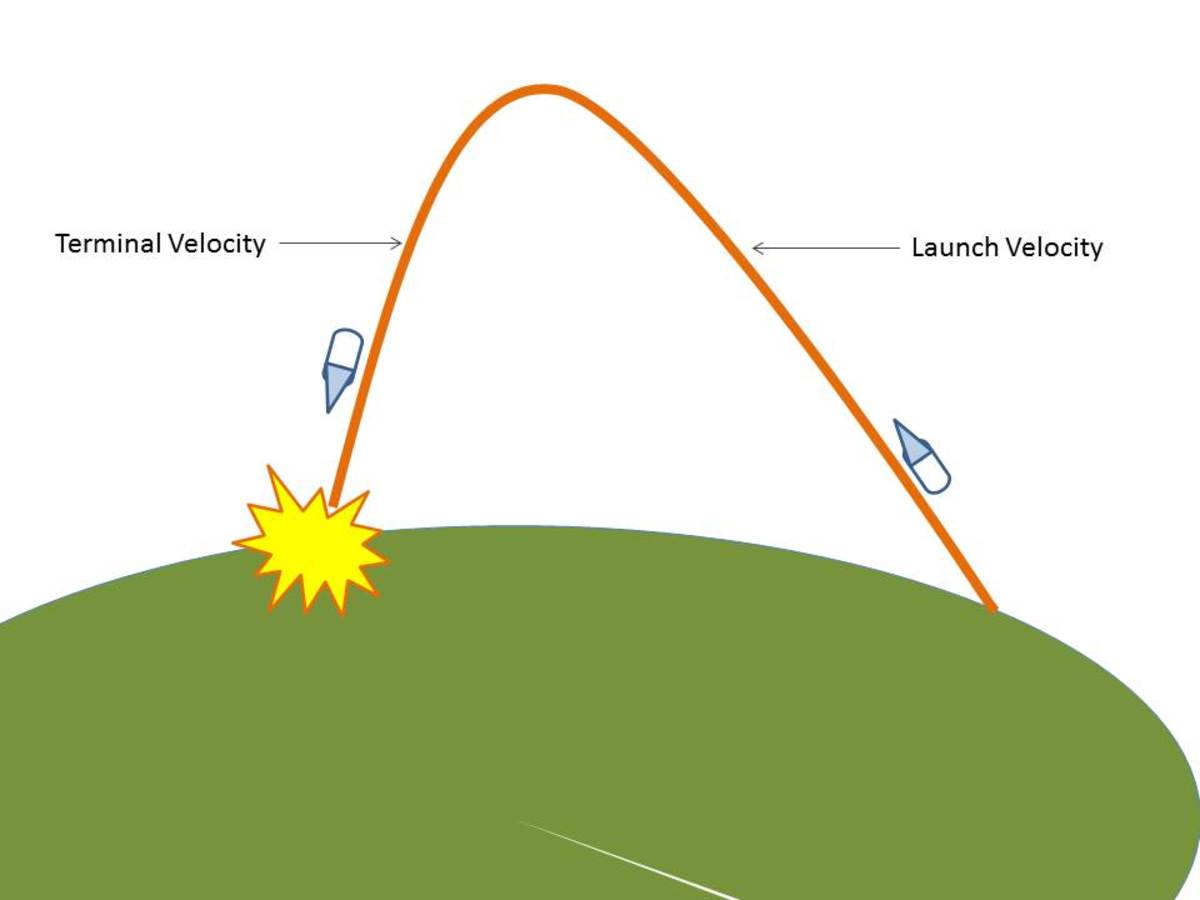- HubPages»
- Education and Science»
- History & Archaeology»
- Military History
The "Waco" Combat Assault Glider


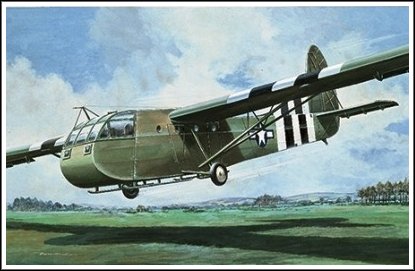
The Waco CG-4A was a widely used combat assault glider in World War II. It could carry troops or cargo and was the glider of choice for the U.S.
They became indispensable during the invasions of Sicily, France and other operations in Europe and Asia. It was considered the most formidable glider in the world.
What made the CG-4A so effective was its’ small size. The British built Horsa could carry 28 soldiers compared to the Waco’s 13.
However, the Waco could land in smaller spaces and could be snatched up by a plane equipped with a tail hook.
The Waco was an odd looking craft, but its practicality more than made up for its appearance. Cargo and troops were loaded through an upward-hinged nose section.

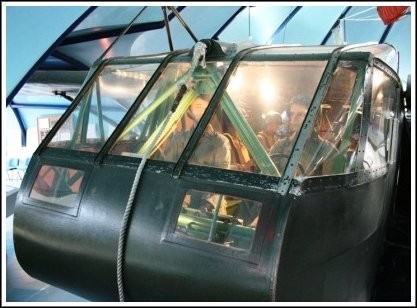
There were 16 companies contracted to build the CG-4A and a total of 13,909 were manufactured. The majority of these craft participated in major operations beginning with the landing at Normandy.
The glider's wingspan was 83.6 ft and had an overall length of 48 ft. The floor was constructed of honeycombed plywood, which gave it needed strength and durability. This enabled the CG-4A to carry 4,060 lbs, 620 more than the glider's empty weight. It also made it quicker to load and unload.
The Waco could be towed safely at 150 mph with a gross weight load of 7,500 pounds, but was usually towed at a slower speeds. They were usually towed behind a C-46 or C-47 with a 300 foot nylon rope 1" in diameter.

Initially, communication between the gliders and their tow planes was accomplished by a telephone wire wrapped around the tow-rope. However, these lines often shorted out during take-offs. Therefore, they were eventually replaced by two-way radios.
The instrument panel consisted of an air speed indicator, altimeter,rate of climb indicator, and bank and turn indicator. These were all originally designed for use in powered aircraft where engine vibrations kept needles from sticking. Gliders produced no vibrations so pilots had to frequently tap the indicators to make sure they were working.
Powered aircraft could be flown directly overseas or shipped fully assembled. But, gliders had to be shipped unassembled in wooden crates. One CG-4A glider required five huge wooden crates to be shipped. After all, the glider contained over 70,000 parts.
Also, unlike powered aircraft, which were immediately combat ready, gliders required several days to be unloaded and reassembled. This was a time-consuming procedure and a source of constant irritation. However, this was soon forgotten as the glider proved its worth on D-Day.
Unfortunately, most gliders used at Normandy were lost. But they were soon replaced by laborers working around the clock to meet the demand. Americans continued to manufacture gliders until the end of the war in May, 1945.
Concerning the pilots of these gliders, U.S. Army, Retired General William C. Westmoreland said, "It was their responsibility to repeatedly risk their lives by landing heavily laden aircraft containing combat soldiers and equipment in unfamiliar fields deep within enemy-held territory, often in total darkness. They were the only aviators who had no motors, no parachutes, and no second chances."
Gliders were generally considered expendable by high-ranking military officials and were abandoned or destroyed after landing. Despite this, some gliders have been recovered. Many have been restored and are now in museums.
After the war, remaining CG-4s were considered surplus and most sold. Many were bought simply for the large wooden shipping boxes they came in. Others were converted into campers by cutting off the wing and tail sections or hunting and lake side vacation cabins.
Today, the art of flying gliders has become a popular sport called “soaring.” There are many soaring sites in the United States and the sport has found universal appeal.

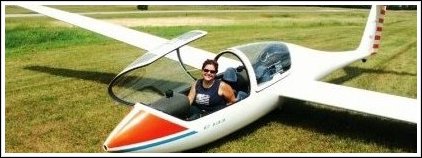

Soaring offers a sense of freedom and is an alluring enticement. However, this is a sport in which participants need to be licensed.
The first step is taking an introductory flight in a sailplane. Textbooks containing information needed to pass the FAA written examination are readily available. After passing the FAA written examination, the Private Pilot Glider oral and flight test exams must be completed. Pass these and pilots are authorized to take passengers on flights.
Learning to fly a sailplane safely is relatively easy and one can learn the mechanics in a few lessons. Some pilots are happy just gliding around an airport. Others love cross-country flight and competing with other pilots.



